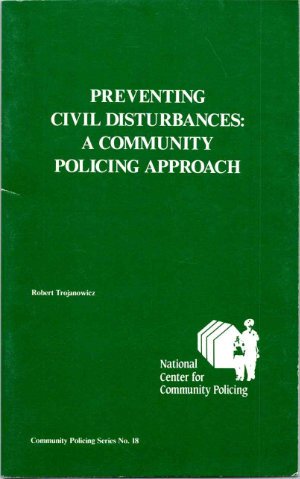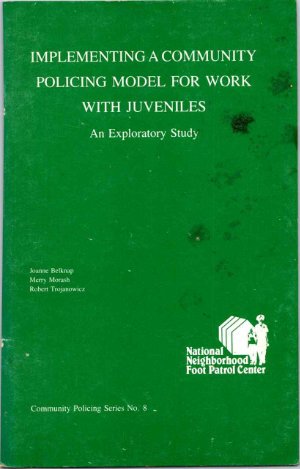By Alfred I. Schwartz and Sumner N. Clarren
"The Cincinnati Team Policing Experiment" by Alfred I. Schwartz and Sumner N. Clarren presents a comprehensive analysis of the innovative strategies employed in law enforcement. Through a detailed examination of the Cincinnati Police Department's pioneering approach to community policing, the authors shed light on the complexities and outcomes of this groundbreaking initiative. This book serves as a vital resource for academics, policymakers, and law enforcement professionals seeking to understand the challenges and opportunities associated with modern policing practices.
The Urban Institute Police Foundation, 1977, 78 pages
















